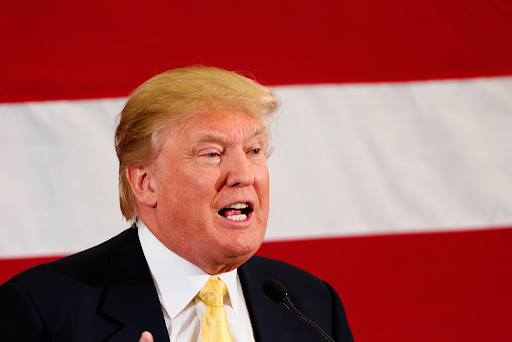President Donald Trump has made a high-stakes gamble on the American workforce, signing a proclamation that levies a $100,000 annual fee on companies for each H-1B visa holder they employ. The administration is betting that this financial disincentive will force corporations, especially in the tech sector, to abandon their reliance on foreign workers and invest in training and hiring U.S. citizens.
Commerce Secretary Howard Lutnick championed the policy as a straightforward strategy to realign the job market. “If you’re going to train somebody, you’re going to train one of the recent graduates from one of the great universities across our land,” he urged. The administration’s position is that the H-1B program has been exploited to hire cheaper foreign labor, and this fee will correct that by making it an extremely expensive option.
The tech industry, however, views this as a punitive measure that misunderstands the realities of the global talent market. Leaders in the sector argue that H-1B workers are not hired to save money but to fill a critical skills gap in specialized fields like artificial intelligence, software engineering, and data science. Companies like Amazon, Microsoft, and Meta, which hire thousands of H-1B workers, maintain they are essential for driving innovation.
The debate over the program is long-standing. Critics, including some U.S. tech workers, have long argued that the influx of foreign labor suppresses wages and limits opportunities for Americans. Supporters, such as Tesla CEO Elon Musk, counter that attracting the world’s best and brightest is fundamental to America’s economic success. This new fee brings that debate to a boiling point, with potentially severe economic consequences.
Beyond the policy’s intended effects, its implementation is fraught with legal challenges. The assertion by legal experts that the president lacks the authority to impose such a fee sets up a likely confrontation in the courts. Whether this gamble will lead to a boom in American hiring or simply drive innovation and investment offshore remains a critical and unanswered question.

